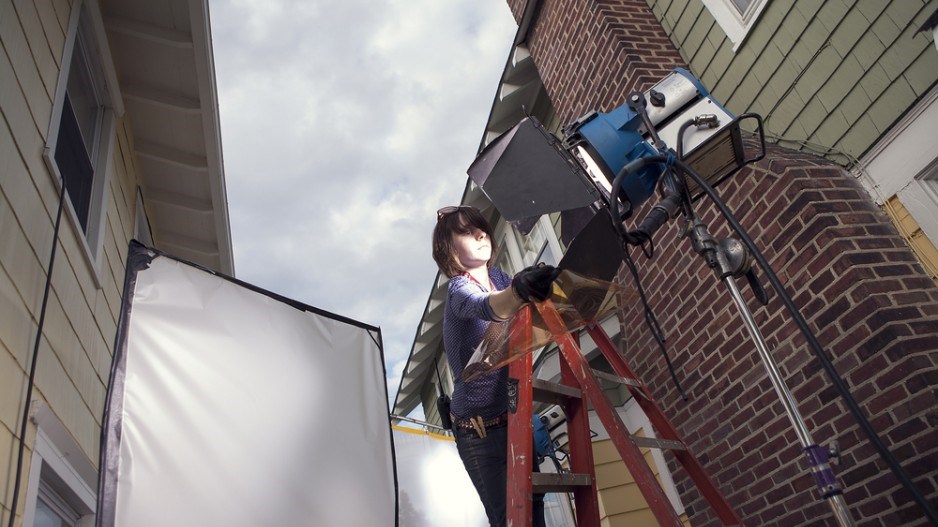When the visual effects (VFX) wizards at L.A.’s Zoic Studios launched a sister studio in Vancouver in 2006, a weaker Canadian dollar wasn’t really a part of the conversation.
“The tax incentives have been a reason for U.S. companies to come do visual effects in Vancouver even when the dollar was at parity,” said Zoic co-founder Andrew Orloff, whose studio works on B.C.-shot TV shows like Once Upon a Time and Arrow.
“Right now we’re just in a perfect storm of value [for] U.S. companies with the exchange rate and the tax credits. It will be interesting to see how long those two things last and exist together.”
It might not last for much longer.
In its budget released in February, the provincial government revealed it was putting B.C.’s film tax credit program under review after incentives nearly doubled to $493 million in 2015 compared with 2014 as the Canadian dollar plummeted.
Provincial tax credits for the film and TV industry averaged about $255 million a year from the 2010-11 to 2013-14 fiscal years.
Lost tax revenue in other provinces and American states has pushed governments to rethink how they distribute tax credits.
Foreign productions shot in B.C., which account for 80% of productions in this province, qualify for a 33% tax credit. Domestic productions qualify for a 35% tax credit, while VFX and digital animation tax credits amount to 17.5% of eligible labour costs.
Ontario offers a 35% tax credit on labour spending, while animation and VFX work qualifies for a 20% tax credit.
Quebec offers 20% cash back on all expenses, plus an additional 16% on all VFX work.
But last year, the Quebec taxation review committee recommended phasing out provincial film tax credits by 2020 after determining the credits did not benefit the province.
Nova Scotia has already reworked its incentives program. It offered 65% tax credits on local labour costs until 2015, when the program was reworked and capped at $10 million.
Eligible productions, such as the new season of Trailer Park Boys, now receive tax credits ranging from 25% to 32%, including labour costs.
“It’s pretty clear that the government in British Columbia is taking a look at that and saying, ‘If our competitors are all dropping some of these [incentives], maybe we can, too,’” said Jordan Bateman, the B.C. director of the Canadian Taxpayers Federation. “At some point the film industry in B.C. has to stand on its own merits through talent and the competitive advantage of a lower currency.”
But eliminating tax credits, as Saskatchewan did in 2012, has set back the local industry significantly, according to a 2014 report from the Saskatchewan Media Production Industry Association (SMPIA).
The prairie province previously proffered tax credits of up to 55% for labour costs, drawing TV productions like Corner Gas and Little Mosque on the Prairie.
“The industry is experiencing a number of problems, and there is little optimism amongst the community that things will improve,” the report stated.
Meanwhile, a survey conducted for SMPIA’s report revealed 44% of respondents representing workers in the industry described the local film and TV sector as “declining,” compared with 31% who found it stable.
For Orloff, the incentives offered in B.C. are what allowed Zoic’s Vancouver studio to grow before there was an abundance of local talent qualified to work on sophisticated VFX projects.
The studio’s local workforce now sits at 275 employees, and the co-founder has even permanently moved to Vancouver to supervise operations.
“We’re able to leverage those economic incentives to also get visual effects work that was not produced locally,” Orloff said, adding his crew just completed work on the sequel to China’s Crouching Tiger, Hidden Dragon.
“Work that’s produced outside of B.C. but does visual effects in B.C. is a pretty significant part of our operation.”
@reporton



